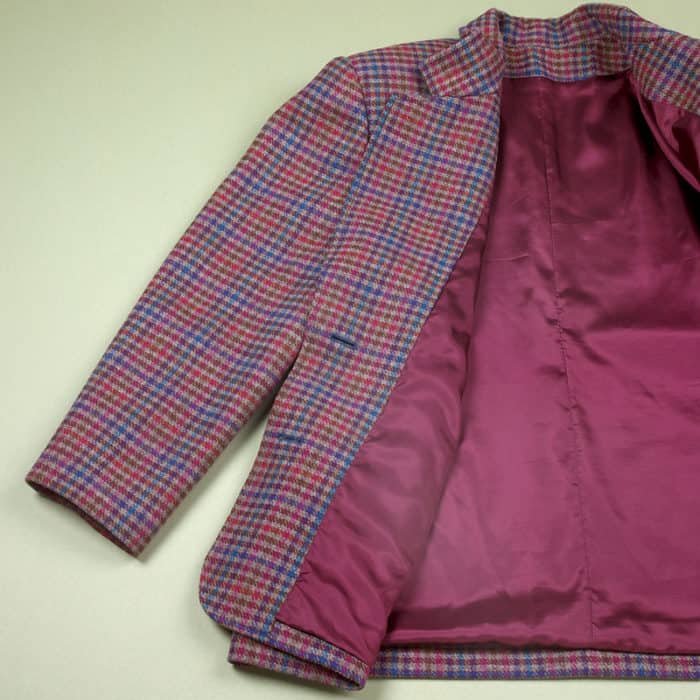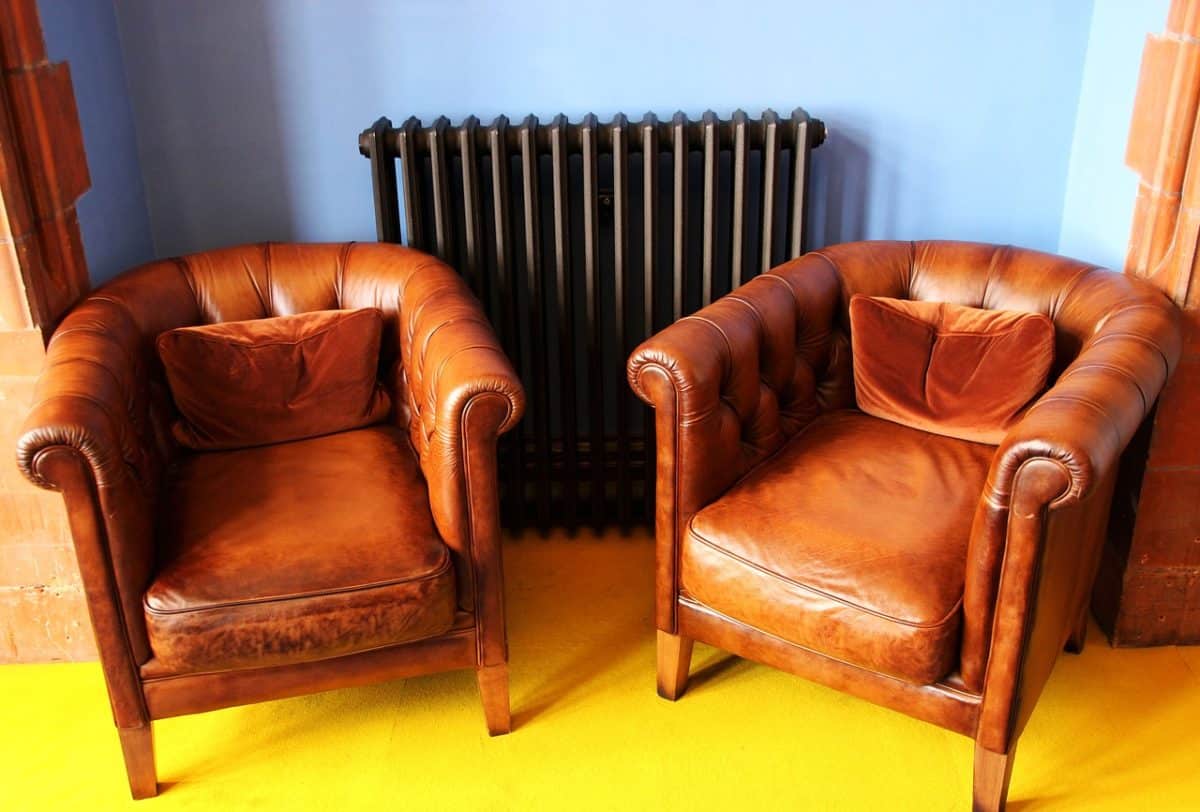Have you ever felt overwhelmed when you stepped into a thrift store? With racks and racks of clothing to sort through, it can be hard to find the hidden treasures. Use these four rules to help you thrift like a pro and identify high-quality items. Stop bringing home clothing or furniture that falls apart within a few uses. Instead, find the items that are constructed well and will be in good condition for years to come. Here are the rules!
Woven vs. Printed Tag
Glance at the tag, and see if it’s woven or printed. Woven tags (which use thread to create writing) indicate a high quality piece.
Natural Fabrics
A great rule of thumb to remember is that natural fabrics indicate high quality, whereas synthetic blends are cheaper and of less value. Look for wool, cotton, leather, and silk. Once you start to get good at identifying fabrics just by the look and feel of the clothing item (without looking at the tag), you can go through a rack of clothing and quickly pick out the high quality items.
The Older the Better
Keep in mind the concept of ‘the older the better’. In the clothing industry a basic trend is that clothing used to be made to a higher standard than it is today. Many modern companies have learned how to mass produce clothing and cut corners in the production line. The same is true for furniture. Of course, that’s not true across the board, but it is useful to keep in mind when you’re shopping!
Look Inside: Is There a Lining?

For some items like blazers and dresses, a lining is a sign of quality. Blazers with linings are generally better put together than ones without. The company that produced the blazer didn’t cut corners by omitting this important aspect of the piece. The same is true for dresses, especially if they are tailored styles.
With practice, you can become more adept at identifying high-quality items. Soon it will become second-nature to glance over a shelf or clothing rack and feel immediately drawn towards a few vintage gems. Your mind will start to know these rules by heart!
In the mean-time, get used to checking tags, reading about materials, and snooping around the piece, inside and out. Think of it like detective work! It can be fun. Do you have another rule in mind, to help all of us identify high-quality second hand items? Please share it below! Can’t wait to learn from you.




Hi
I look zippers and buttons too. The quality of those tells a lot about the piece
And if a garment has a pattern embroided/knit/embellishments etc, it must be on the back side too. High-quality garments do not cut corners there.